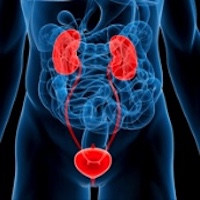Erectile dysfunction in common neurological conditions: A narrative review

Accepted: June 8, 2020
All claims expressed in this article are solely those of the authors and do not necessarily represent those of their affiliated organizations, or those of the publisher, the editors and the reviewers. Any product that may be evaluated in this article or claim that may be made by its manufacturer is not guaranteed or endorsed by the publisher.
Authors
Neurogenic erectile dysfunction (NED) can be defined as the inability to achieve or maintain an erection due to central or peripheral neurologic disease. Neurologic diseases can also affect the physical ability and psychological status of the patient. All these factors may lead to a primary or secondary NED. Medication history plays an important role since there are many drugs commonly used in neurologic patients that can lead to ED. The assessment of NED in these patients is generally evolving with the application of evoked potentials technology in the test of somatic and autonomic nerves, and functional magnetic resonance imaging. With the electrophysiological examinations, neurogenic causes can be determined. These tools allow to categorize neurologic lesion and assess the patient prognosis. The first-line treatment for NED is phosphodiesterase inhibitors. Second-line treatments include intracavernous and intraurethral vasoactive injections. Third-line treatments are penile prostheses. The efficacy and safety of each treatment modality depend on the specific neurologic condition. This review discusses the physiology, pathophysiology, diagnosis, and treatment of ED in multiple peripheral and central neurologic conditions, as well as for future research.
How to Cite
PAGEPress has chosen to apply the Creative Commons Attribution NonCommercial 4.0 International License (CC BY-NC 4.0) to all manuscripts to be published.

 https://doi.org/10.4081/aiua.2020.4.371
https://doi.org/10.4081/aiua.2020.4.371



